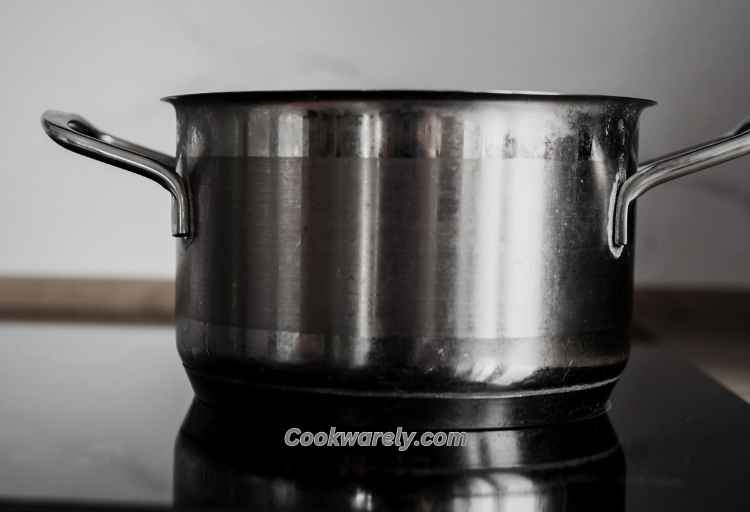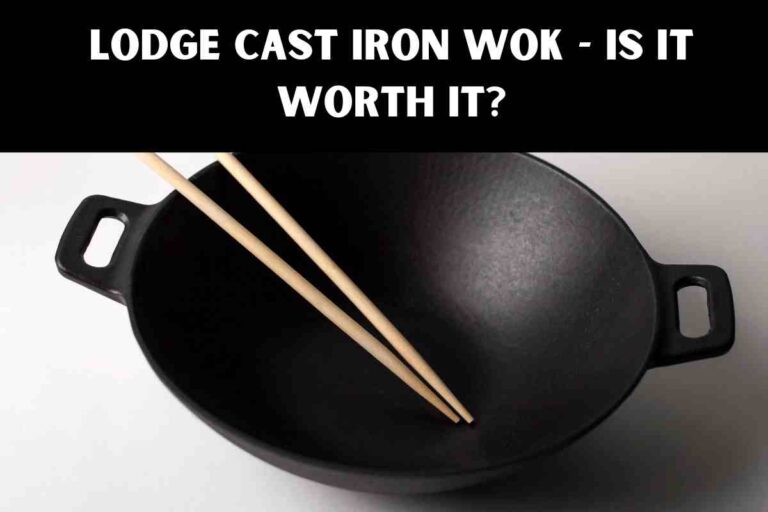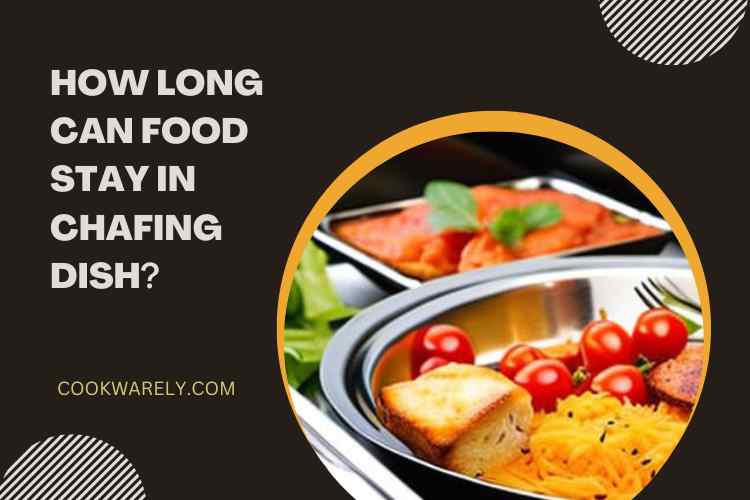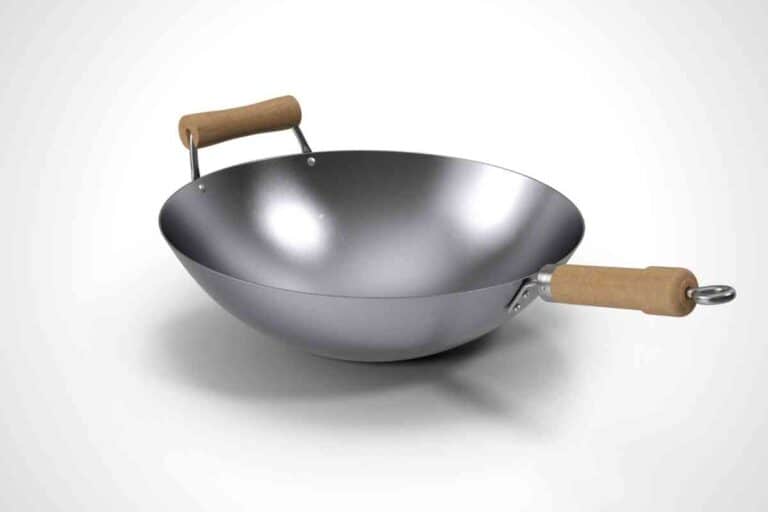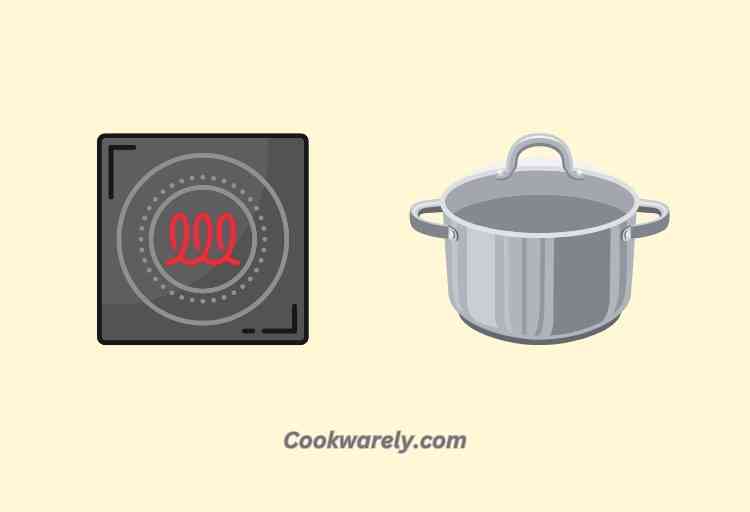Are Old Stainless Steel Pots And Pans Safe To Use?
If you are wondering if stainless steel pots and pans are safe to use, you’ve come to the right place.
Read on to discover if stainless steel pots and pans contain chemicals and when you should toss them. The answer will surprise you.
Can stainless steel cause health problems?
Stainless steel cookware can leach trace amounts of nickel and chromium into your food. The levels vary based on the type of food you are cooking and the pan you are using.
These amounts are not harmful for most people, but they can be problematic if you have a nickel allergy.
In small amounts, nickel and chromium are not poisonous to humans, but they can be toxic in high doses. If you’re nickel allergic, don’t use stainless steel cookware. The average adult consumes 150 to 250 micrograms of nickel each day.
Therefore, stainless steel cookware is unlikely to add significant amounts of nickel to your diet. Chromium is a metal found in stainless steel and is harmless in small doses.
A typical meal prepared in stainless steel equipment contains 45 micrograms of chromium.
Stainless steel cookware has non-stick coatings, which means you don’t have to use oil or fatty materials to cook with it.
Because of this, it brings out more vitamins and flavors and is easier to clean. These are great benefits to those who want to eat a healthier lifestyle.
Do stainless steel pots have chemicals?
Some older stainless steel pots and pans have chemical residues. It is not always easy to determine whether these substances leach into food. For example, some research has shown that stainless steel can leach chromium and nickel.
The leaching levels of these substances depend on the acidity of the food. For example, a tomato sauce with a pH of 2.3 may leach more nickel than a lemon marmalade with a pH of 9.
Old stainless steel pots and pans can leach metals, including nickel and chromium. Although chromium and nickel are harmless in their normal forms, their release is much greater when exposed to heat. They can leach even more metals when exposed to strongly acidic foods.
How Often Should You Replace Your Stainless Steel Cookware?
You can use your stainless steel cookware for as long as it can be maintained and cleaned properly. Most stainless steel pans, utensils, and bakeware can be used for five to 10 years.
The best way to determine if your cookware needs to be replaced is to look for dull areas and cracks in the pan. You also want to look for a loss of shine, which is an indication of metal fatigue.
It is important to never heat your stainless steel cookware to extremely high temperatures and always remember to clean them properly.
Does Stainless Steel Cookware Leach Into Food?
Stainless steel cookware is generally considered safe and does not leach harmful substances into food when used correctly.
However, under extreme conditions, such as prolonged cooking of acidic foods or using damaged cookware, there can be a minimal risk of leaching.
Using undamaged and well-maintained stainless steel cookware is generally safe.
Are Old Stainless Steel Pots Safe to Use?
Old stainless steel pots can be safe to use if they are in good condition with no visible signs of damage or wear, such as cracks or corrosion.
Proper cleaning and maintenance are essential to ensure their safety and effectiveness.
If pots are heavily scratched or damaged, it’s advisable to replace them to prevent any potential health concerns.
Old Stainless Steel Cookware
Old stainless steel cookware can still be safe to use as long as it is in good condition and properly maintained.
Regularly inspect old cookware for signs of damage and follow proper care and maintenance practices to ensure safety and longevity.

